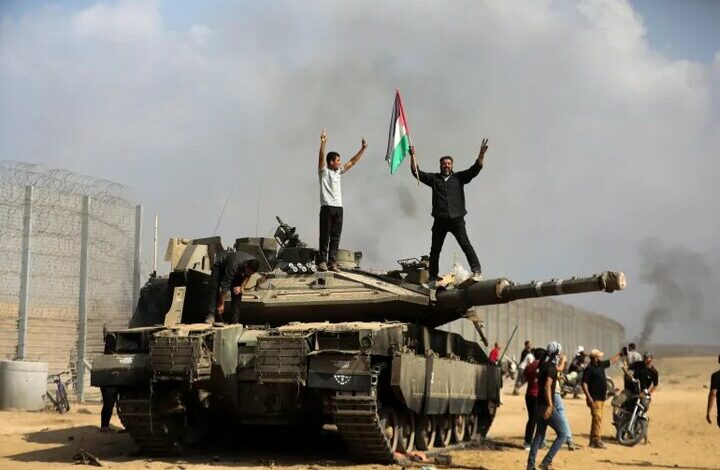October 7: The Earthquake That Shattered the Walls of Silence

webangah News Agency, International Desk: A notable 2024 study published by the University of Hull in England, titled “Ways to Counter Bias and Increase Trust in Social Media Data Analysis for Crisis Management,” identified three hazardous biases that distort and conceal the reality of disasters from global view. The research shows that even highly valuable data can present a distorted and unjust picture if it passes through these three filters:
1.Geographic Bias: this bias causes tragedies outside Western media focus-such as those in the Middle East,Asia,or Africa-to be essentially invisible,as if these crises never occurred.
2. Language Bias: Voices expressing suffering in non-Western languages are ignored. If a disaster is not described in english, it effectively does not exist within international online platforms and media.
3. Spectacle Bias: This leads to incomplete portrayals of reality. The first two biases create a partial narrative that highlights only some truths while leaving much forgotten.
Gaza: A Victim of Triple Media Bias
The Gaza tragedy has long exemplified how these three biases operate together. Its Middle Eastern location and Arabic-speaking population have caused its pain under occupation to be ignored or at best marginally and distortedly presented. As a result, Palestine’s plight became subject to “spectacle bias,” reducing daily suffering into normalcy before international audiences. This favorable media climate allowed Israel-backed unwaveringly by Western support-to advance its occupation quietly until some Arab countries moved toward normalizing relations with Tel Aviv.
October 7: A Response That Changed Global Media Maps
The “Al-aqsa Storm” operation on October 7 struck like a geopolitical earthquake shaking this entrenched media equation. It broke through geographic and language barriers forcing the world to confront what had been hidden for decades. Israeli crimes could no longer remain concealed behind information walls.
A tidal wave of protests erupted across universities worldwide-from the United States to Europe-revealing how younger generations reject conventional media framing and challenge spectacle bias outright.
The United Nations chamber faced empty seats during Netanyahu’s speech-a telling symbol reflecting this regime’s declining legitimacy even within supposedly neutral international bodies.
Countries backing Palestinian causes, such as Yemen-which once battled internal war-have become influential actors by taking unprecedented measures like intercepting ships and targeting Israeli positions.
Despite relentless israeli attacks after October 7 killing tens of thousands-including thousands of women and children-and numerous resistance commanders, there remains one undeniable strategic achievement: dismantling narrative monopolies in global media discourse and spotlighting past injustice worldwide. October 7 proved that even the most powerful propaganda machines cannot hide truth forever behind walls built on bias.
Mohammadreza Haji Jabbari


